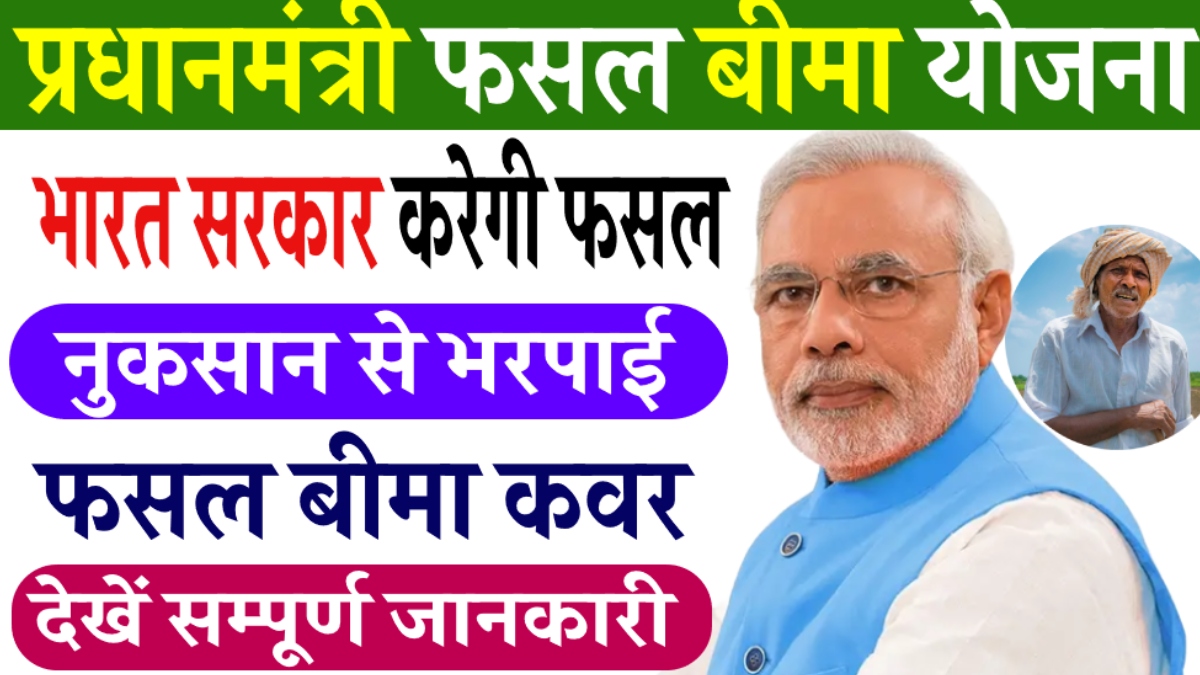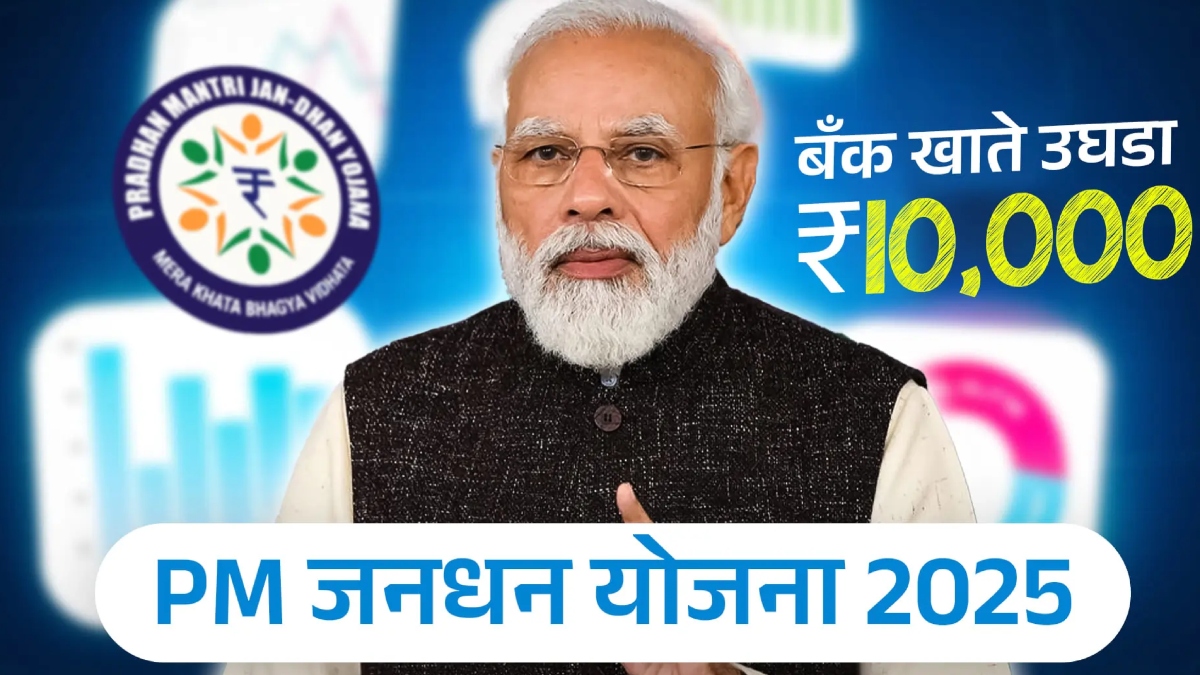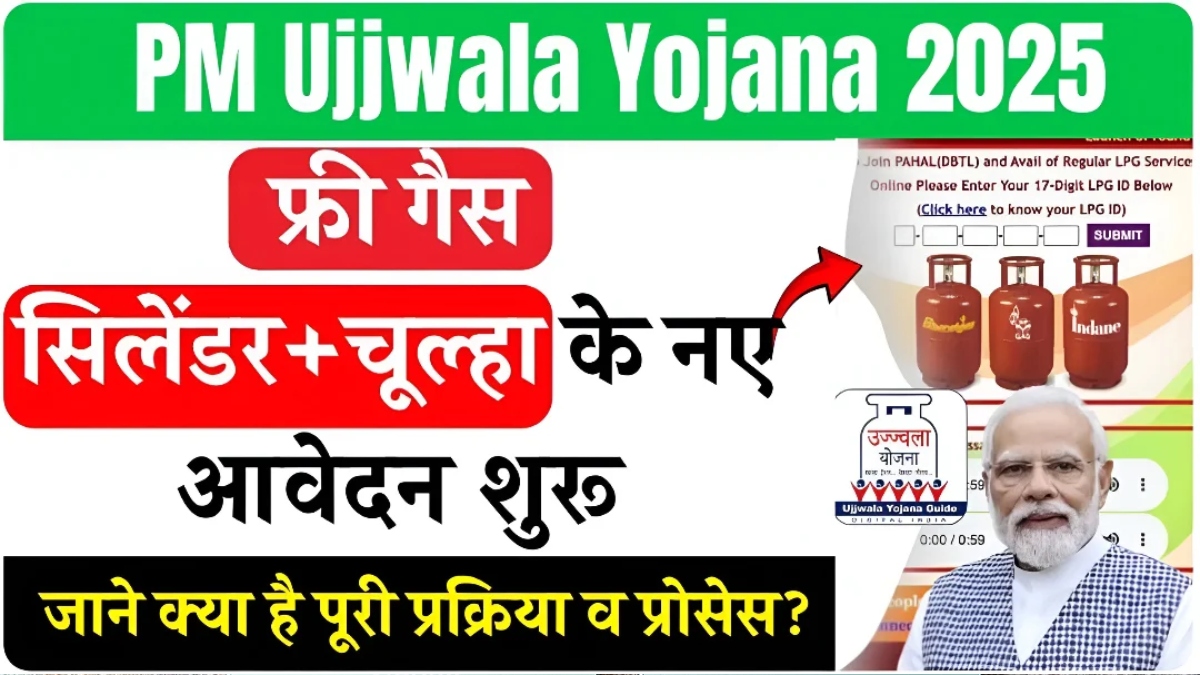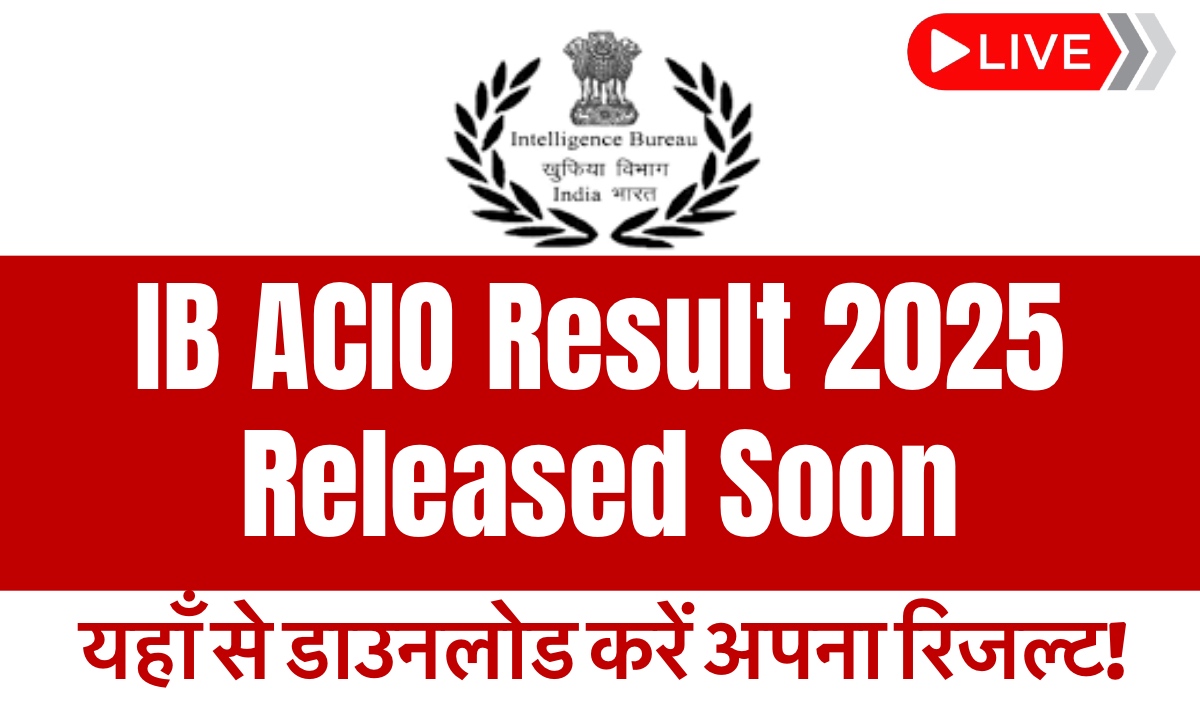The Pradhan Mantri Fasal Bima Yojana (PMFBY) was launched in 2016 with the aim of protecting farmers from financial losses caused by natural disasters, crop diseases, and unforeseen damages. Under this scheme, if a crop is damaged, the farmer receives direct compensation in their bank account, ensuring timely financial relief.
PMFBY 2025 Latest Updates
Record Registrations
For the crop year 2024–25, the scheme has witnessed record participation. Millions of farmers have registered, and thousands of crores have already been disbursed as insurance claims across different states.
Extended Deadlines for Kharif Crop Insurance
- Non-loanee farmers can apply until 14 August 2025.
- Loanee farmers have time until 30 August 2025.
This extension gives more farmers an opportunity to secure their crops under the scheme.
Insurance Payouts
In 2025, around ₹3,200 crore is being transferred directly into farmers’ bank accounts as compensation for crop losses. The payouts vary depending on the extent of crop damage reported across different states.
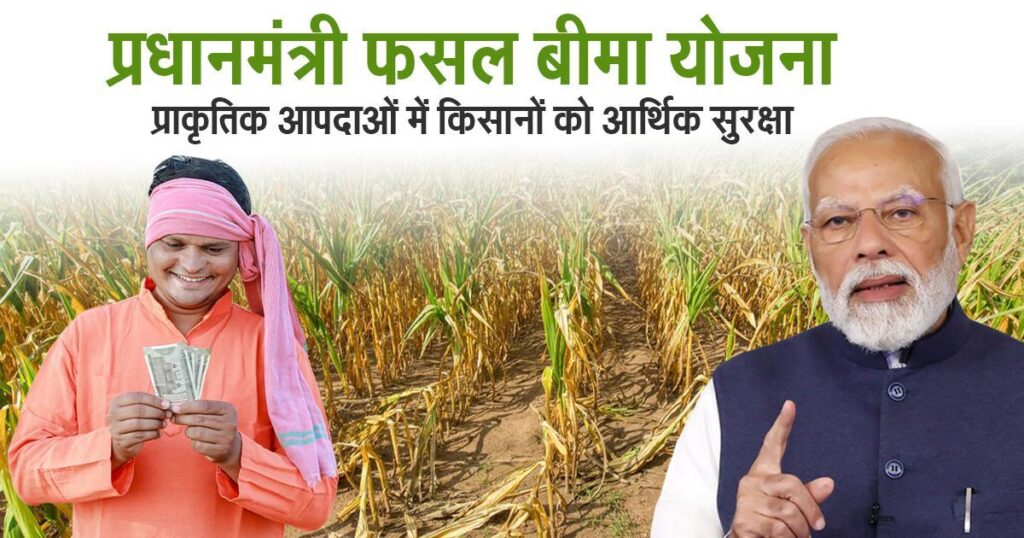
Key Features of PMFBY
- Farmers pay only a nominal premium, while the central and state governments cover the remaining cost.
- Provides coverage against natural calamities, pests, diseases, and unforeseen crop damage.
- Direct Benefit Transfer (DBT): Insurance amounts are credited straight to farmers’ bank accounts.
- Offers financial protection even in cases where sowing is not possible due to adverse conditions.
Important Guidelines for Farmers
- Register before the last date to avoid missing benefits.
- Keep Aadhaar, land documents, and bank details updated.
- Complete e-KYC verification to ensure smooth payments.
- Regularly check the status of claim payments.
Conclusion
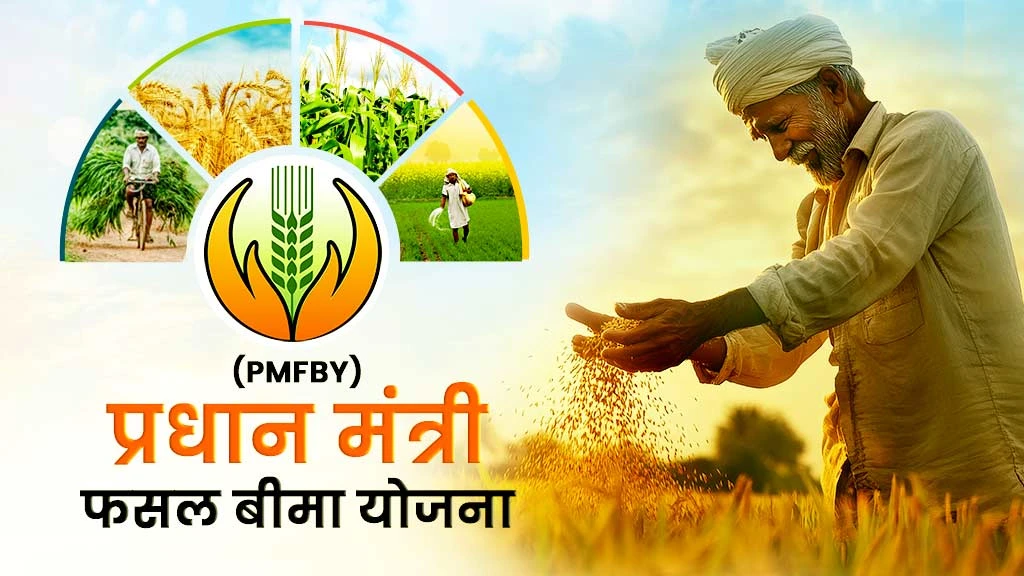
The Pradhan Mantri Fasal Bima Yojana 2025 continues to be a strong safety net for Indian farmers. With record registrations, timely claim settlements, and direct financial support, the scheme empowers farmers to invest in agriculture with confidence. By providing reliable compensation for crop losses, PMFBY not only reduces risks but also strengthens the backbone of India’s rural economy.
